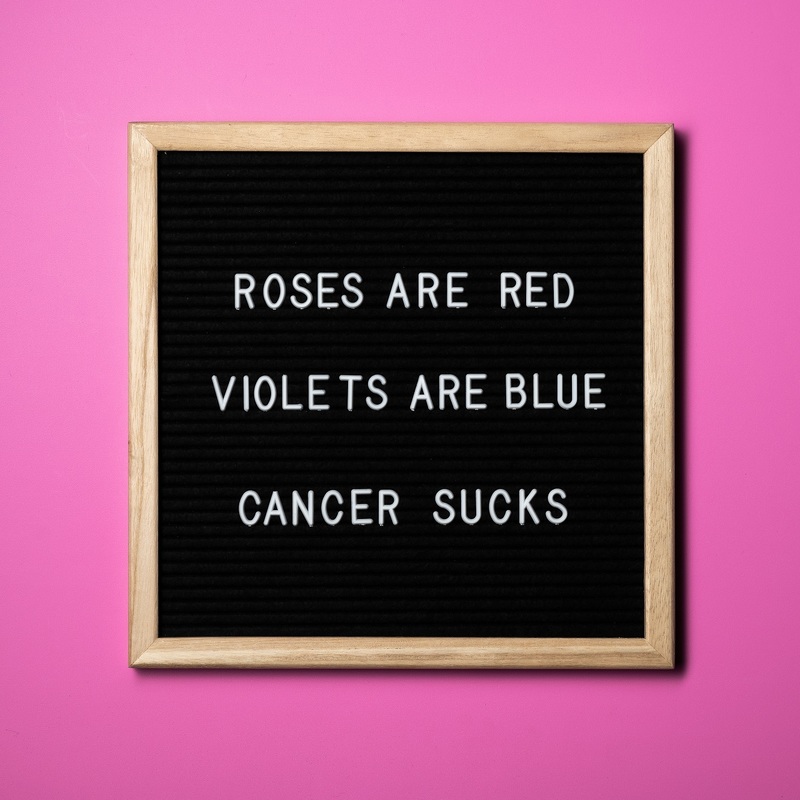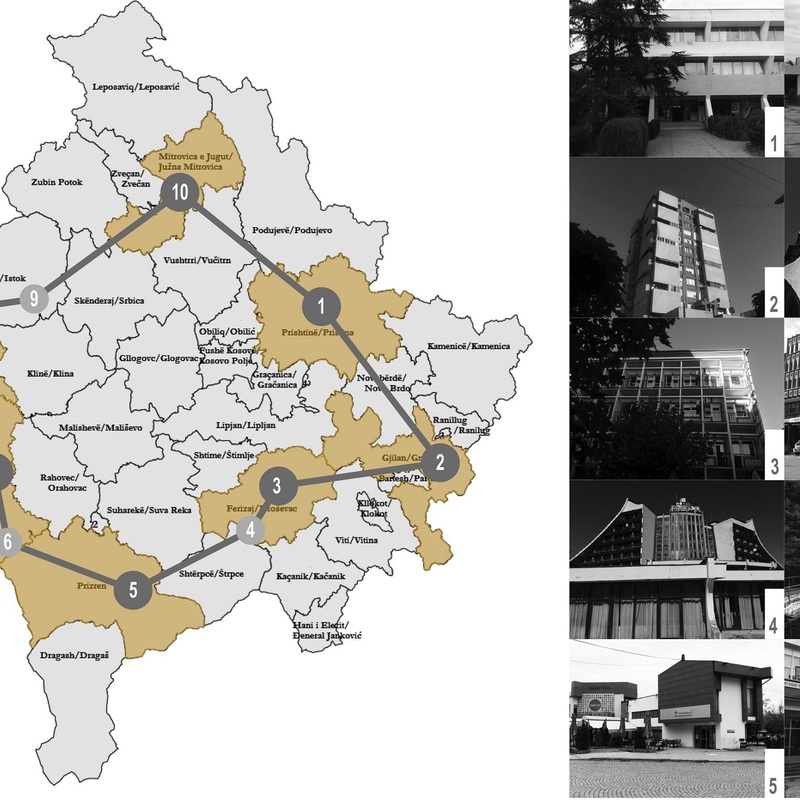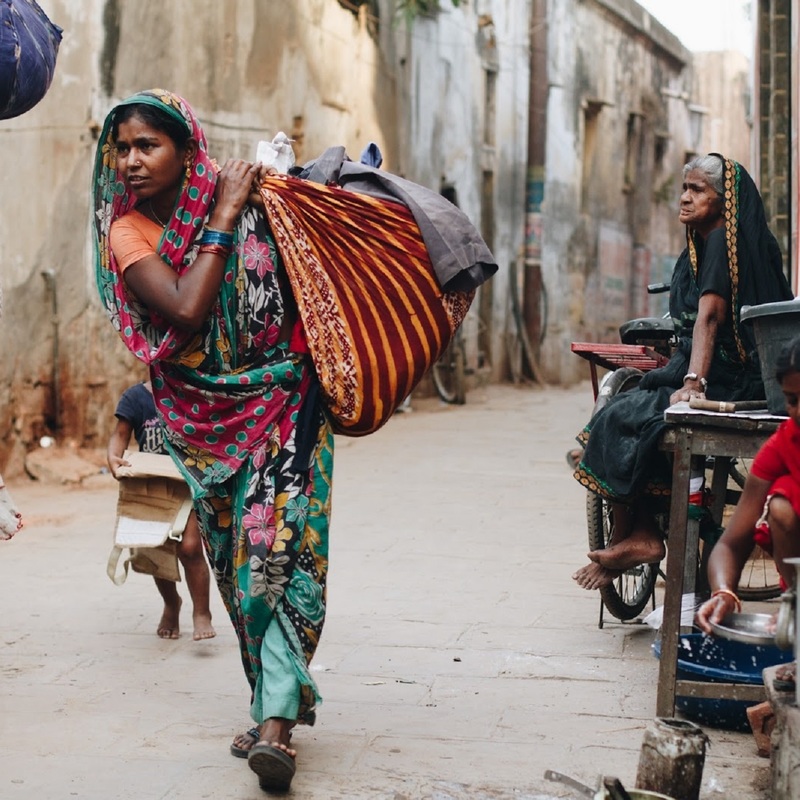Suche
Editorial Volume 8, Issue 2
DOI: 10.17160/josha.8.2.757
Dear JOSHA readers, In this bi-monthly issue we present you with a diverse selection of articles. The Journal would like to call your attention to the 2021 Demetrios Prizes, which will be awarded again this year! We would also like to remind you that you can support us with a small donation. http://josha-journal.org/en/donate Visit our social media #joshajournal and get to know us from the Instagram gallery and the Facebook wall. Remember that you can comment on the articles and also provide your star ranking.
Defining Life in African Igbo Cosmology
DOI: 10.17160/josha.8.3.755
A people’s cosmology defines their perception of the universe and their place in it. It explains their thought systems, values, attitudes as well as hierarchy of forces and their relationships. Thus African Igbo Cosmology explains the people’s perception of the universe and their place in it; their values, laws and very importantly their understanding of the purpose of existence. Igbo cosmology recognizes three ontological levels of existence in the universe where the inhabitants of these levels interact in some unique ways to give meaning to human existence. This cosmology also recognizes some elements of human existence which include life, offspring, truth, justice, wealth, love and peace as great values. But among all this values, ‘life’ stands tall as the greatest and most cherished value among the people. Undoubtedly, life is cherished in all human societies, but the value attached to life is not the same in all cultures.
An Ethical Concern on Gender-Based Violence against Women and Girls in Africa during COVID-19 Lockdown
DOI: 10.17160/josha.8.2.754
Activists, journalists and the United Nations (UN) have drawn attention to the rising level of gender-based violence (GBV) against women and girls across the globe during the coronavirus pandemic. It is on this note that we undertake to look critically into the matter with a view of assessing the moral implications of such violence, with special attention to African nations. Adopting Kantian moral philosophy, which emphasizes that we should not treat human being as a means to an end but as an end itself, the paper condemns the actions of the culprits, and government responses both to the pandemic and reported cases of gender-based violence, without adequate attention to the plight of female folk. The paper also makes various recommendations and suggestions on how to handle such pandemic without keeping women and girls vulnerable to sexual based violence.
Juxtaposition of Immanuel Kant, Friedrich Nietzsche and Hannah Arendt´s Conceptions of Will: It´s ethical Implications
DOI: 10.17160/josha.8.3.753
Action is a constituent of existence which is so axiomatic. In the human sphere, action has been affected by the sophistication and complexity of man, hence the avalanche of issues which spring from it. This is underscored by its reverberation on human-to-human relationships wherein it plays a central role. The right and wrong dual possibilities of human actions have often elicited interest in the scrutiny of human will, given its proximity to human actions. Although Hannah Arendt’s fascination about and consequent investigation of the will as a concept provides us pertinent information about its role in human acts, it is noteworthy that her predecessors in the persons of Immanuel Kant and Friedrich Nietzsche were also entangled in the “will” discourse.
Sugar
DOI: 10.17160/josha.8.4.751
Sugar has many negative effects on the body, as it has the ability to make one limp, listless, tired, depressed, and sick. However, sugar is also of vital importance to the human organism. Not all sugar is created equal. For instance, table sugar is harmful, while natural sugars — such as those found in fruits, vegetables, or “whole” foods — are healthy.
ATP rapidly and reversibly induces Calcium Influx in MCF-7 Breast Cancer Cells
DOI: 10.17160/josha.8.2.750
In this experiment by Nina Raad, the MCF-7 breast cancer cell line was used because it is a commonly used breast cancer cell line that has been propagated for many years by multiple groups. It proves to be a suitable model cell line for breast cancer investigations worldwide, including those regarding anticancer drugs. Cells were loaded in the 8 well ship and treated with different concentrations of ATP - (20,30,40,50,70,100 micromolar) . It took from 3 seconds to 120 seconds to obtain the signal, depending on the concentration. The effect was reversible in MCF-7 with lower concentrations of ATP, however, with higher concentrations it was irreversible in some cases due to the toxic effect of ATP on cells; in lower concentrations it takes more time to reach the toxic level.
The Journey of Kosovo Modernism: A Process of Metamorphosis
DOI: 10.17160/josha.8.2.749
Kosovo Modernism counts a significant number of good architecture examples, easily compered with the construction activity of the socialist modernism in the region. Yet, compered to the architecture of the same period of other countries of Yugoslavia, it remains a ‘grey area’. It is less analysed and documented compared with the Byzantine and Islamic Architecture, whose conquest counts a significant influence on building urban and architectonic identity of the country. Modernism in Kosovo came in the name of prosperity and progress. But this meant that a number of traditional buildings and old city cores were erased following the maxim ‘destroy the old, place the new’, to make place for new modernist structures. Major cities of Kosovo witnessed major transformations. Also, these transformations were not led by the local authorities, but were mostly imposed from outside.
The other C Word - Covid - Dealing With the Lack of Closure
DOI: 10.17160/josha.8.2.747
Dealing with grief is hard no matter the person, length of illness, or the time period. Death during COVID19 is not the same and the impact of the loss is more than just the death of a loved one but the way we mourn moving forward. The Covid Diaries – The Last Days of My Normal In this book Monica Hickson — freelance writer, instructional designer and life-long learner aims to help people understand that which can’t be understood. Monica´s website www.monicahickson.com
Three - Dimensional Culture For Continuous Long Term Live Cell Imaging
DOI: 10.17160/josha.8.2.745
Conventional cell culture systems are primarily two dimensional (2D). They are low cost and robust, and ensure homogeneous cell proliferation due to equal access to nutrients. However, they do not accurately represent in vivo conditions, with only horizontal spreading, in case of adherent cells. Three dimensional (3D) culture systems are now becoming increasingly popular since the conditions in these systems are similar to those in vivo, due to the presence of a matrix. 3D systems also make it easier to image and track individual cells over long periods of time, especially suspension cells. Continuous long term live cell imaging using a 3D culture system can aid in the detection of minute morphological changes in cells which can serve as indicators of complex cellular processes.
Varanasi - The Together Project
DOI: 10.17160/josha.8.2.744
The Together Project is a series of photo essays inspiring us to see humankind in a different light by honoring our cultural differences as well as the understanding that we’re all cut from the same cloth; we’re members of humankind. The Together Project is here to inspire you to learn about others and to ignite a sense of curiosity and compassion towards those who live in different cultures from our own. In this photo essay, Johanna explores Varanasi, India shares her experience as well as the customs that take place in the enchanting city.









